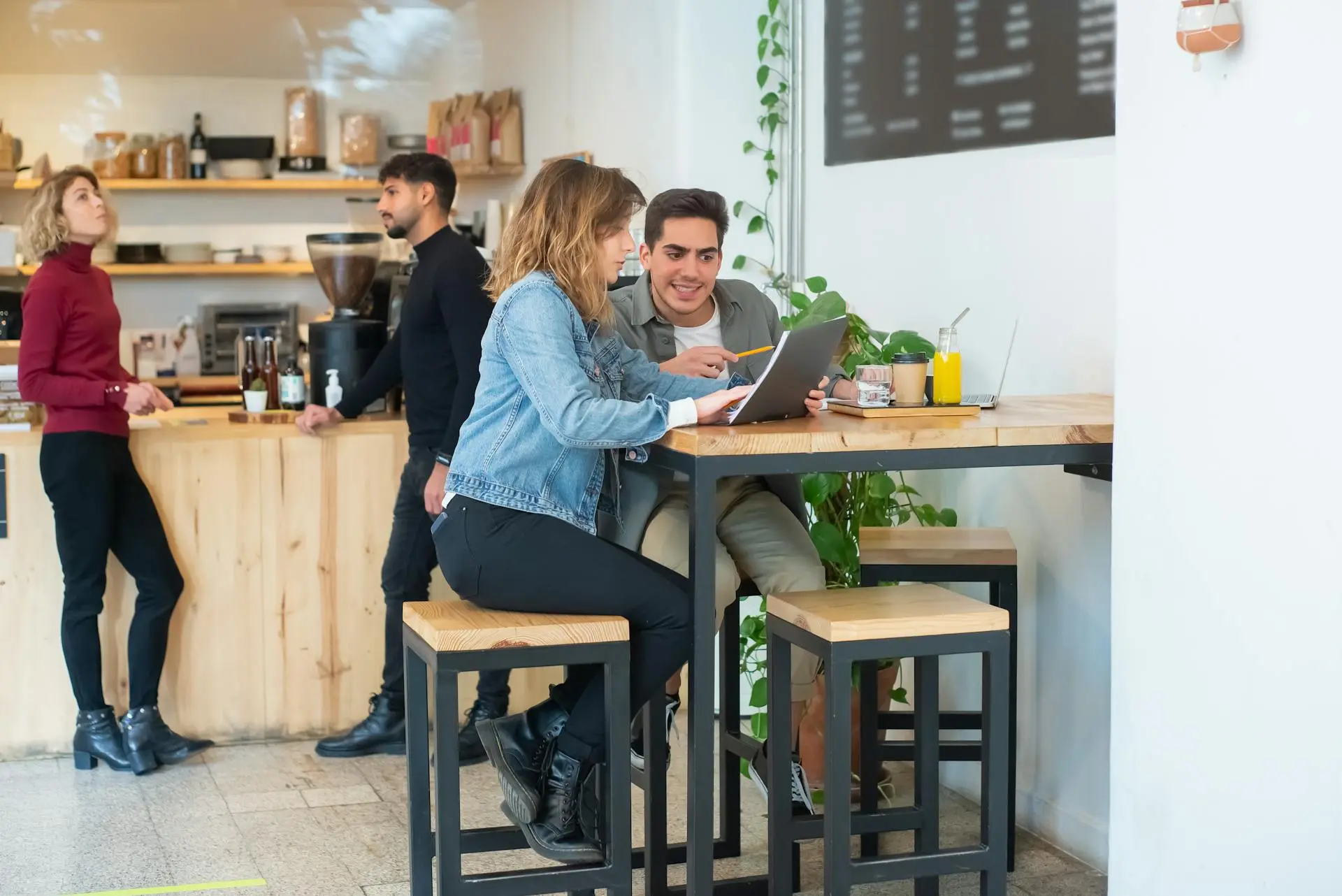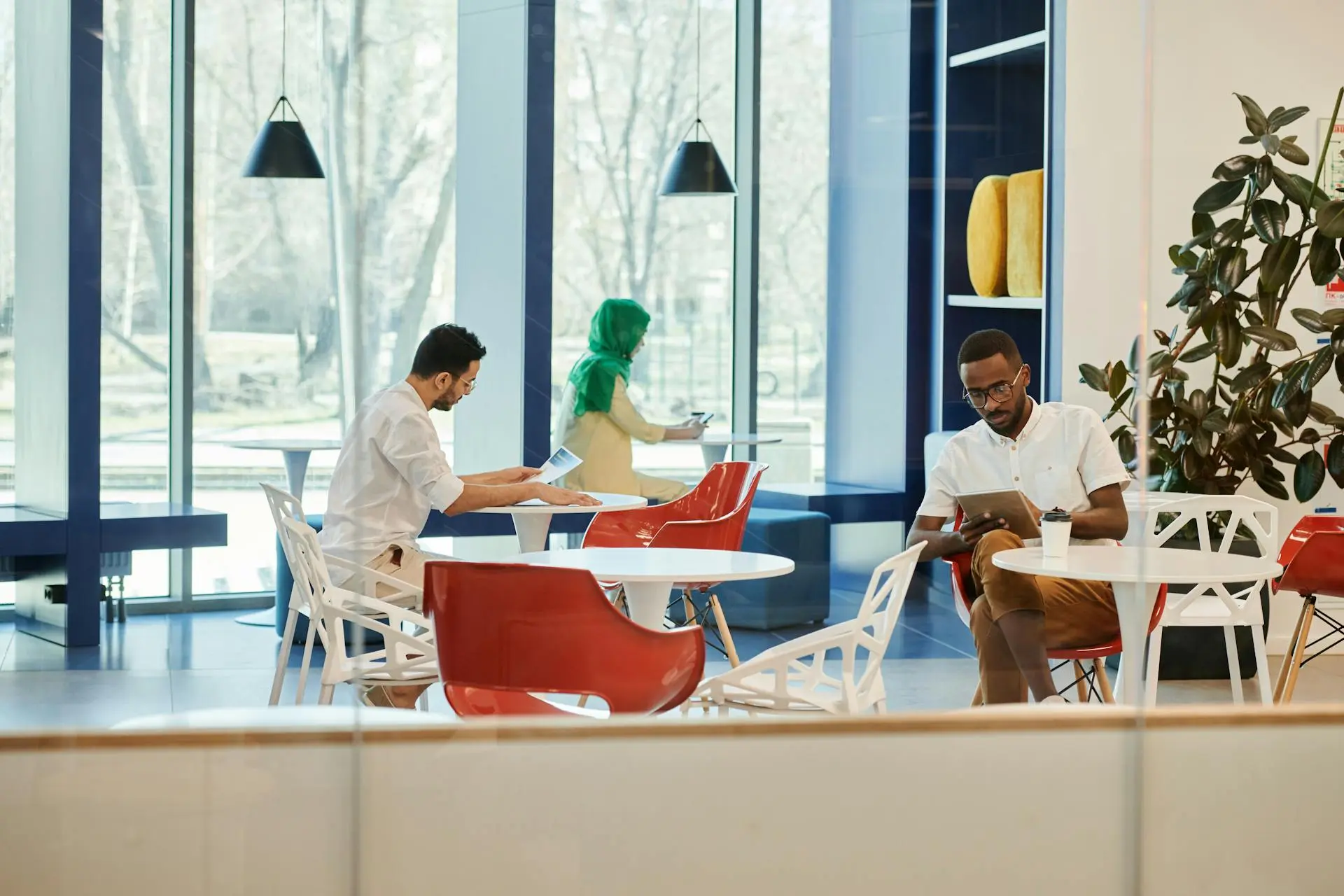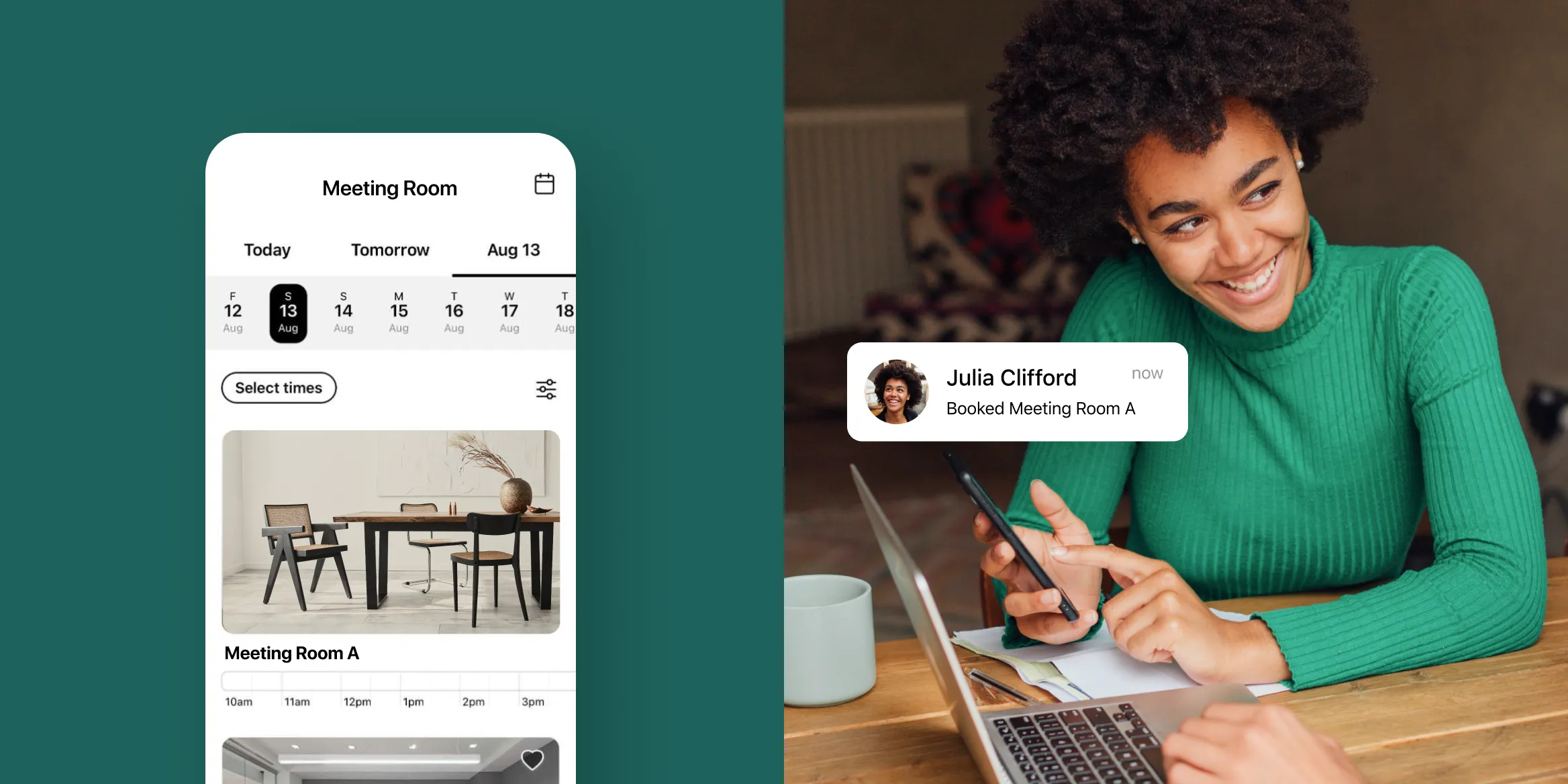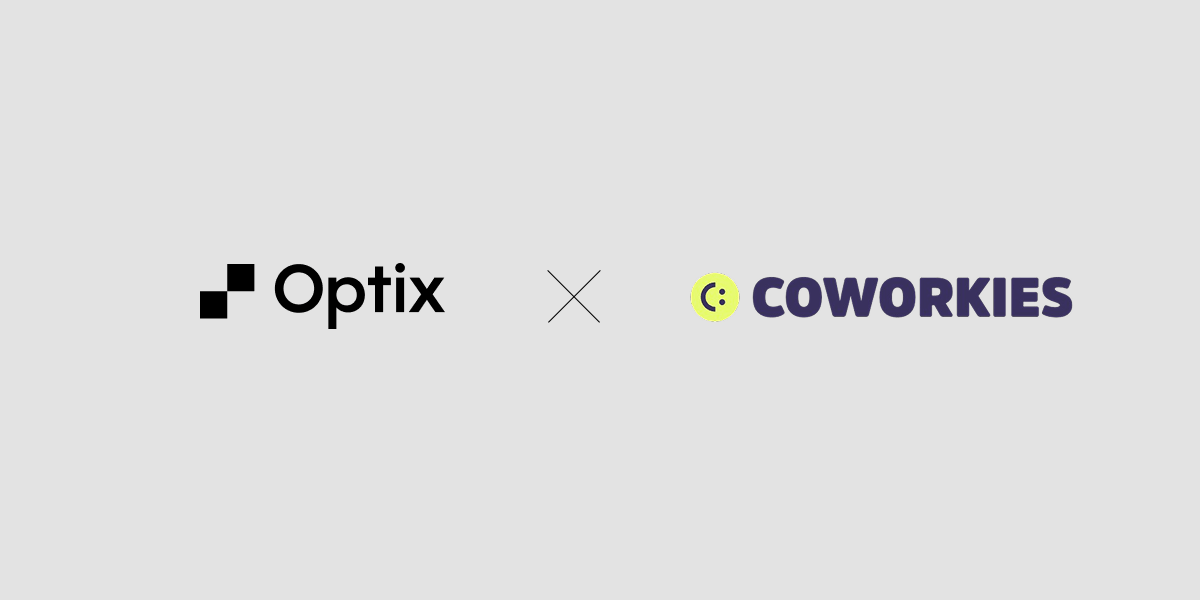
Filling your coworking space with enthusiastic freelancers, remote workers, and solopreneurs is one thing.
Getting those individuals to commit to a long-term membership plan? Now that is an entirely different beast.
One question that seems to come up time and time again is, how do I convert my drop-in bookings to full-time members? We’re here to answer just that.
In this article, we’ll break down the ins and outs of converting drop-in coworking memberships including the value of offering drop-ins in your space, how optimizing your coworking marketing acquisition funnel at various stages can improve your conversion rate, and how to consistently convert drop-ins to committed full-time community members.
What is a drop-in membership for a coworking space?
A drop-in membership is a low commitment coworking option that is valid for a short amount of time, typically just for a day. They are a staple product offering in the coworking world, with the most common type being a drop-in day pass.
The value of drop-in coworking members
Offering drop-in membership options for prospective members serves a few key purposes in a coworking space.
- Entry point offering: they are a nice entry point for those interested in coworking who are not yet ready to commit to the cost of a full-time membership. This gets prospective members in your funnel without forcing them into a long-term contract.
- Better space utilization: optimized space utilization is top of mind for many operators. Drop-in passes can help fill extra desks during non-peak hours to help with profitability and increase revenue.
- Capturing of transient individuals: many transient or nomadic workers rely on coworking spaces as a dependable place of work for when they’re traveling. Drop-in memberships serve those who do not live in the area and only need a space for a short amount of time.
Offering drop-in day passes is a good idea for virtually all coworking spaces. There are always going to be people who need to drop in to a space for a day, and drop-in membership passes can serve to improve overall space utilization and generate more revenue.
The challenge is when local residents are touring your space, working in it for a day, then never coming back. This could be a sign that there is a mismatch with what you’re offering or who you’re marketing to.
What role is responsible for converting drop-ins to full-time members?
One of the common misconceptions around converting members is that the responsibility lies solely with one part of the sales funnel or one role in the business.
In reality, improving the conversion rate of drop-ins to full-time members is something that involves many people across many different stages of the funnel.
We often see operators owning the strategic pieces like defining the ideal customer profile (ICP), setting a clear differentiator, and approving offers and discounts.
Community managers are then responsible for the more tactical elements of converting members, like facilitating tours and following up with leads. For example, it is not uncommon for a community manager to own conversion KPIs like tours to sign-ups.
The Coworking Marketing Acquisition Funnel

Earlier this year, we spoke with Adam Hyman, Founder at KoWorks, about all things member acquisition. Here, we introduced the concept of the coworking marketing acquisition funnel.
The coworking marketing acquisition funnel is the path that members take when evaluating and choosing a coworking space. It includes three phases: Awareness, Consideration, and Conversion.
In the webinar, Adam made an excellent point about conversion optimization – it can happen at every stage of the funnel, not just the last stage.
If you’d like to watch the full replay of the webinar, you can do so here. Otherwise, we’ll summarize the key points below as well as how optimization at each stage can help to support your overall member conversion efforts.
Awareness
At the Awareness stage, people have no idea who you are or what you offer. This stage is about generating awareness of your brand and making it known to as many people as possible, typically through large scale brand awareness campaigns.
How to improve conversion at the Awareness stage
- Clearly define your ideal customer profile (ICP) and market specifically to this person
- Have a true differentiator that is compelling and communicate it effectively
- Choose the right channels for your Awareness campaigns
Consideration
At the Consideration phase, people know who you are, but they haven’t had much interaction with you or your space yet. Maybe they saw your Facebook ad and signed up for your newsletter, but they have yet to visit your space and take a tour.
This stage is all about getting people to book a tour, try your space, and see all that you have to offer.
How to improve conversion at the Consideration stage
- Give a fantastic tour of your coworking space that speaks to exactly what a prospective member is interested in
- Curate the right members when booking a tour to ensure high intent
Conversion
At the Conversion phase, people know who you are, they’ve visited your space, maybe they’ve done a tour or they’ve come in for a free day…but they haven’t made a commitment to your community just yet. Now it’s all about figuring out how to turn them into full-time members. This is the information we’ll cover in the next section.
Want more information on member acquisition? Read our top tips for how to grow your coworking space through member acquisition in our guest blog on the GCUC website.
How to convert drop-ins to full-time members

Having a clear ICP, a compelling differentiator, and focused marketing efforts can all help you convert casual drop-ins to committed members.
Apart from these high-level strategy pieces, what practical tactics can you use to improve your overall conversion rate? Let’s take a look at a few that we see are the most effective.
1. Keep track of why people aren’t converting
If someone decides not to sign up to your space, ask them why. They will usually be happy to share what it is that’s stopping them from taking the leap. According to the 2020 GWA Benchmarking study, common reasons why people don’t convert include:
- Needing a private office
- Not enough parking
- Poor location
- Too expensive
- Amenity shortage
- Lacking community
If and when you notice trends, consider if there is anything you can change on your end to address some of these concerns. For example, if people are saying the price is too high, can you create a more competitive, lower cost offering or can you provide more value for the price.
Use your coworking management platform like Optix to keep track of the reasons why people aren’t converting. In Optix, you can collect this information as Custom User Properties and filter it to identify any trends. This is exactly the process Adam uses to ensure he’s matching his offering to what his market wants and needs.
2. Create an automated email nurture sequence
They say it takes up to 8 touchpoints before you make a sale. You need to stay top of mind for your prospective members to ensure that they think of you when it’s time to make a long-term coworking commitment.
A relatively low-effort way to stay top of mind for prospects is to set up an automated email nurture sequence that gets sent to prospects a number of days after they drop in for a day. Here is an example of what that sequence could look like:
- Email 1 [Immediately after leaving]: thank them for visiting the space and include a link to sign-up as a full-time member
- Email 2 [one week later]: ask them how their visit was and invite them to leave a Google review. Include a link to sign-up as a full-time member
- Email 3 [4 weeks later]: send a quick reminder email with a few of your value propositions. Include a link to sign-up as a full-time member
- Email 4: [2 months later]: send a “we miss you” email with an exclusive, enticing offer if they choose to sign-up as a full-time member immediately
This email sequence can be easily set up in your coworking CRM or email service provider by creating a list of contacts and linking it to an automated workflow. You would be surprised at how effective these types of sequences can be when it comes to converting members!
3. Improve the “Say-Do” ratio
In our webinar with Adam, Adam talked about the importance of the Say-Do ratio. He defines the Say-Do ratio as, does your space reflect what you say it does, or do you do what you say you do?
Let’s say you are marketing your space as a quiet home away from home where people can focus on doing deep, meaningful work. When they show up for a day pass, they find the environment to be busy, noisy, and not optimal for the focused work they’re trying to get done.
In this scenario, you would have a poor “Say-Do” ratio.
One way to improve it would be to market your space instead as a vibrant community hub where members can expect to network with others and indulge in meaningful conversations. Now, when someone comes in for a day pass, not only do they not mind that it’s buzzing with chatty people, that’s exactly what they’re expecting.
“We have definitely seen a very high conversion for when people walk through the door from inquiry. I think for us, it's that say-do ratio. You've said something around lifestyle. Now is it actually what you do when I walk through your space?”Adam Hyman, Founder at KoWorks
4. Optimize your membership tiers
A drop-in day pass is typically considered one of the lowest barrier entry points for a coworking space. They serve to get people into the space with the primary objective of purchasing a full-time membership.
However, if the next best membership tier is a $300/mo unlimited hot desking plan, that can be a big jump for people to make. If a common reason why people don’t convert is price, it’s time to evaluate your membership plans in your coworking space.
Consider offering a low-cost recurring membership to get people involved in the community more regularly and to boost your predictable revenue. Examples of lower cost recurring memberships include:
- Community membership: grants access to your digital community and select community events, discount on day passes
- Off-peak membership: grants access to the community only during off-peak hours
- Limited membership: grants access to the space 1 day a week or 4x a month
Consider if your membership tiers have enough to offer someone who is ready for a bit of a commitment but isn’t quite there in terms of taking the plunge to full-time, unlimited use.
5. Create a compelling offer
Unless you’re ready to be a “budget brand”, we wouldn’t recommend over indexing on discounts – this can quickly become a race to the bottom. With that being said, having an exclusive deal that you offer only to drop-in members can be a way to capture people the moment they’re interested in your space.
This doesn’t have to be something you advertise. Rather, save it as an offer that you and your community managers can leverage when you’re trying to get a drop-in member just over the line.
6. Introduce additional value-adds

Adam noted that one of the ways he’s looked to improve the conversion rate of tours and drop-ins into full-time members is by introducing additional value-adds that go beyond what someone would expect in a coworking space.
For him, that meant leaning into wellness offerings like a sauna and ice bath. These offerings have become so popular that people are joining KoWorks just to have regular access to an ice bath. It really is a great conversion tool, and it helps that he knows his customers well enough to have such a distinct and compelling offer.
7. Only think about your ICP
In our recent Optix webinar on member retention, we had an audience member ask an interesting question:
My coworking space is connected with a preschool which I think gives a specific type of audience to a degree. We have parents that have private offices which is good for retention. Do you have any suggestions of how to retain others who I see come in from traveling for work or starting a business?
Steve Krueger, Founder at ECOMsquare and one of our webinar attendees, had an even more interesting answer: don’t think about them
At the end of the day, your coworking space is really meant to serve your ICP and your ICP only. Rather than think about converting the casual drop-in user who isn’t your audience, focus instead on converting the people who you know would make fantastic members of your community.
Watch the full replay of the webinar here.
“Don’t dump energy into trying to retain people who are going to be just as quick to leave. It's going to distract you from your core audience, and it's going to dilute your main focus as a business.”Steve Krueger, Founder at ECOMsquare
Optimize your conversion funnel
Converting drop-in visitors into full-time members is a key part of a healthy coworking funnel. From understanding your ideal customer to engaging them effectively, every step counts.
By listening to visitor feedback, implementing automated follow-ups, and delivering on promises, space owners can overcome barriers to conversion.
Ultimately, success lies in offering what your target audience truly values, ensuring a space that not only attracts but retains members over time.
Interested in understanding how Optix can support you in achieving your revenue goals? Chat with a member of our team today.
Marketing Manager
Kelly Karn is the Marketing Manager at Optix coworking software. She's been covering the latest and greatest in the world of coworking for 4 years and is one of the leading voices in coworking content having written over 300 articles. You can find her work on Coworking Insights, Coworking Resources, Allwork.space, DeskMag, GCUC, and (of course) the Optix blog.
Frequently asked questions
Many drop-ins don’t convert to full-time coworking members because of a mismatch between what they need and what the space offers. Common reasons include a preference for private offices, inconvenient hours, or pricing that doesn’t align with their budget. Understanding these barriers helps operators fine-tune their offering.
Timely and personal follow-up after a drop-in visit can make a big difference. A quick thank-you email, a special trial discount, or an invite to a community event can keep your coworking space top of mind and increase conversion chances.
Community is often the deciding factor for people choosing between coworking spaces. If drop-ins feel welcomed by staff and other members, they’re far more likely to upgrade from casual visits to full memberships.




